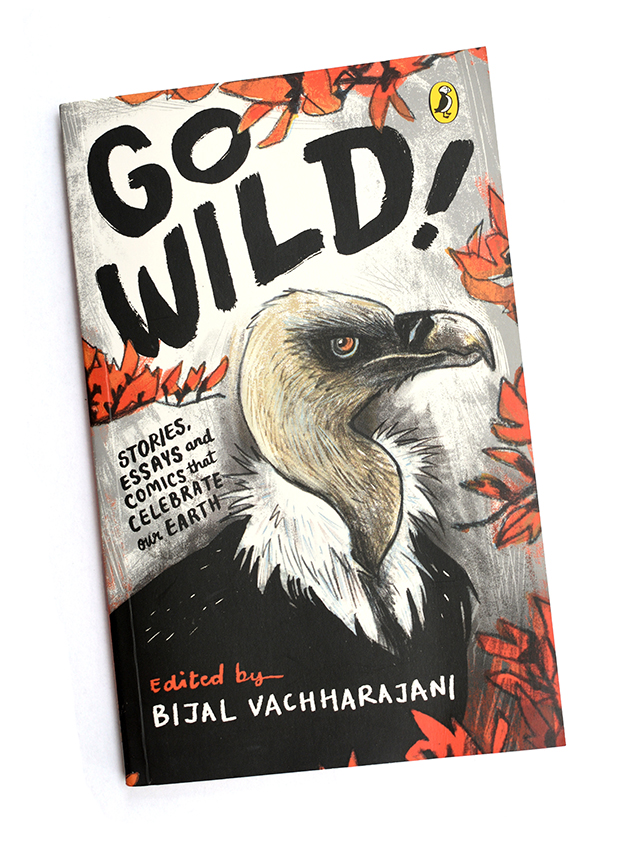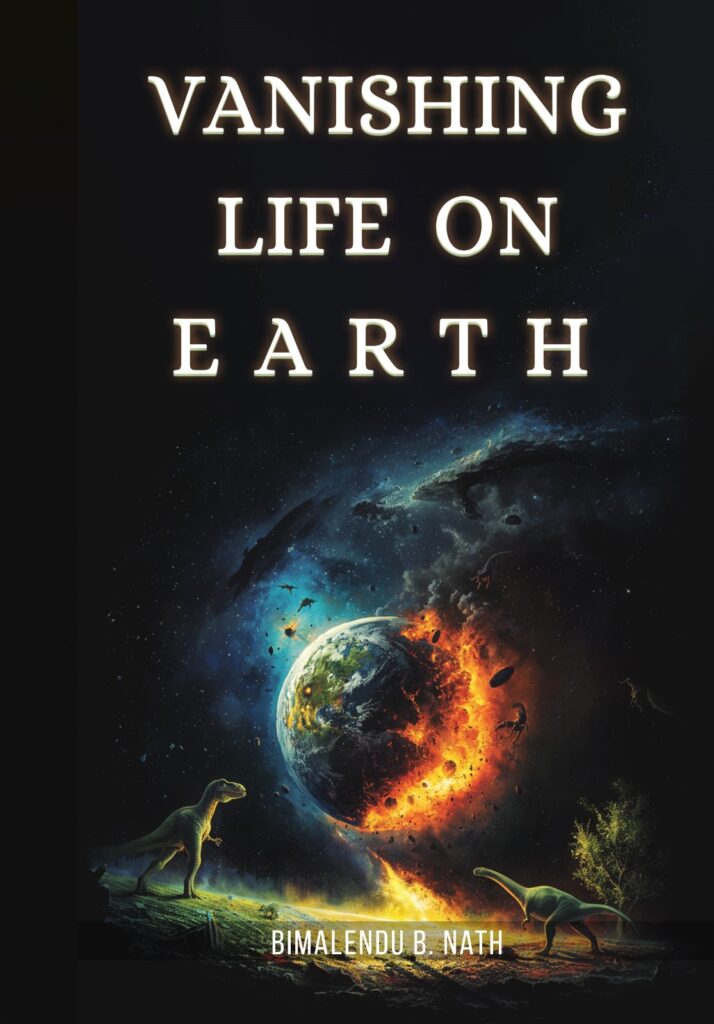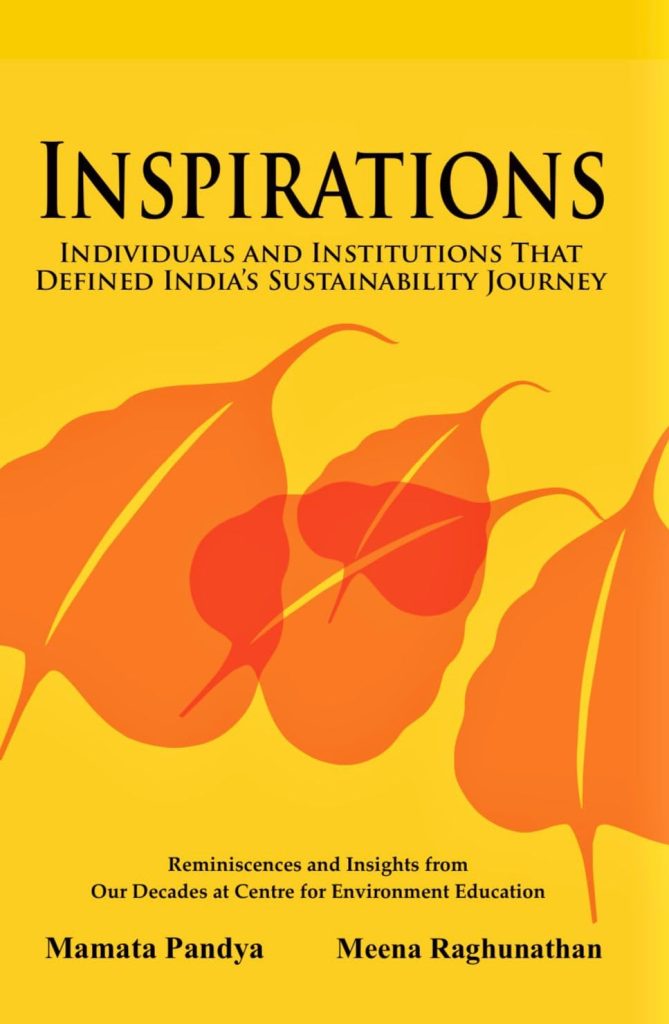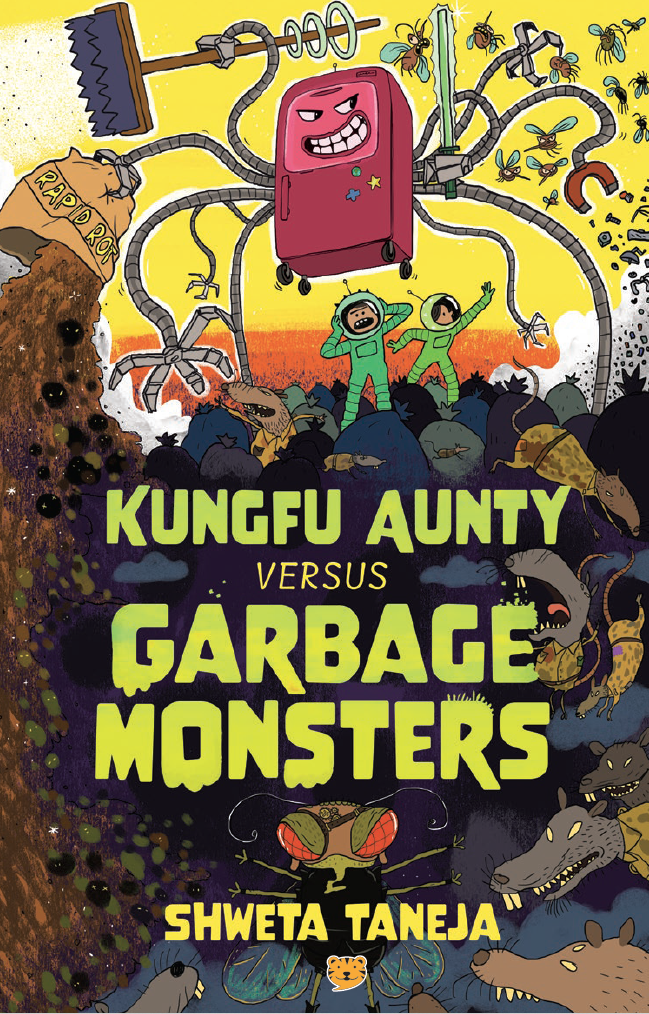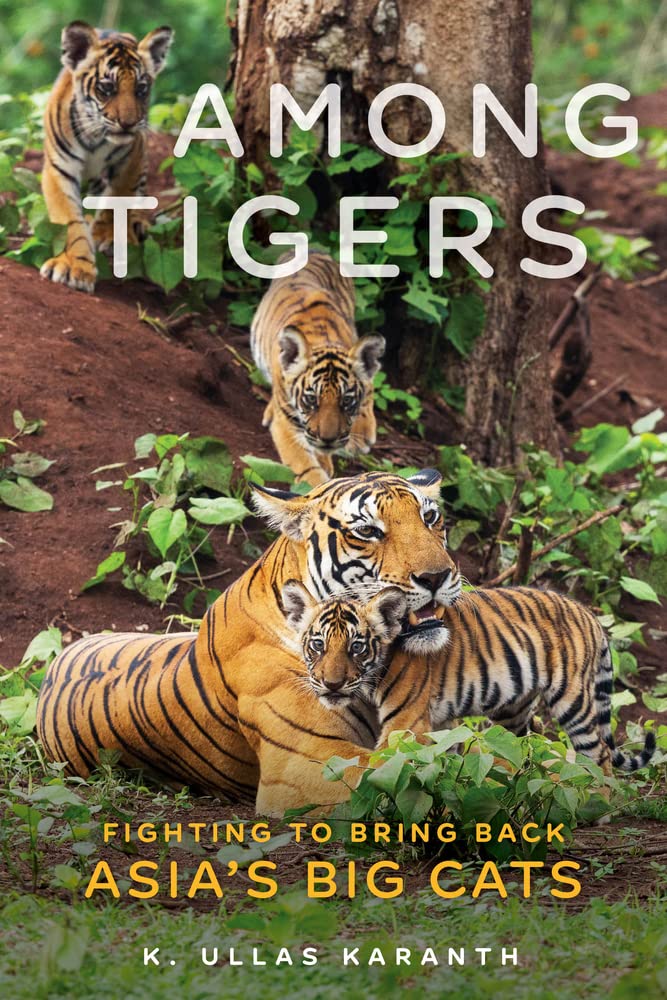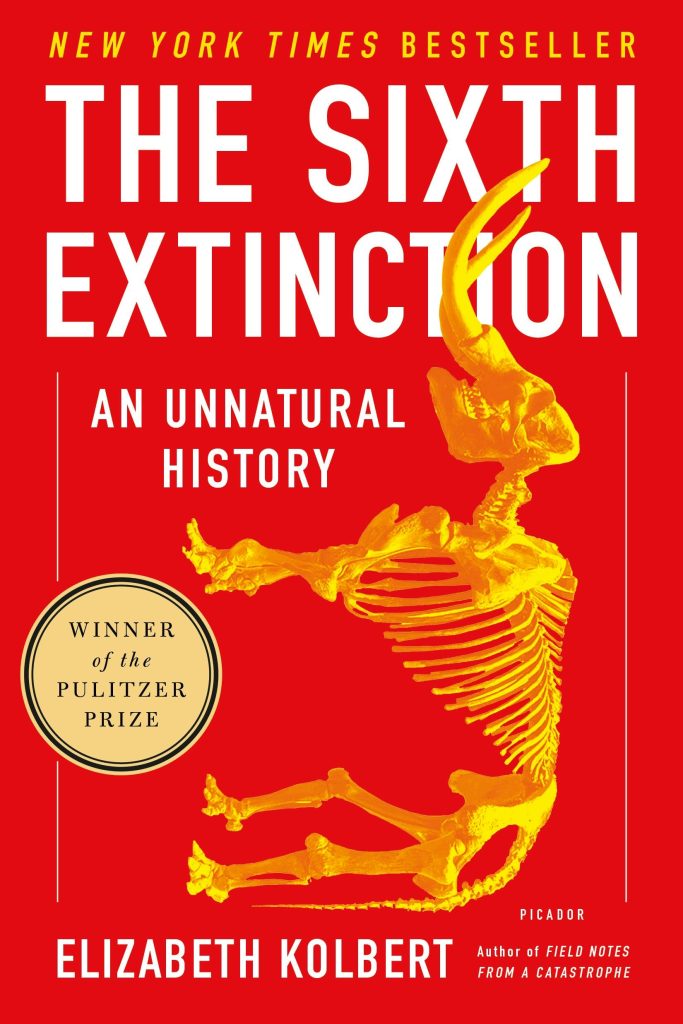Several years ago I co-edited a book called Walking the Wild Path. We invited wildlife researchers and conservationists to share their early ‘encounters’ with wildlife, and the experiences that launched them onto a lifelong journey of exploration of the natural world. From Romulus Whitaker to R Sukumar, Isaac Kehimkar to Ravi Chellam and Shekar Dattatri, the stories shared the common element of how early exposure to nature led to a lifelong passion and engagement with nature and nature conservation.
Go Wild! a new book ably edited by Bijal Vachharajani, compiles inspirations from equally passionate nature lovers, across generations. From Bittu Sahgal, Zai Whittaker and Ranjit Lal, conservation stalwarts who inspired me when I embarked on my own journey as an environmental educator and writer, to brilliant young naturalists and illustrators who are continuing to carry the baton for a greener future, this book brings together diverse celebrations, and shared concerns.
Bittu Sahgal in ‘My Nature Diary’ celebrates the natural wonderland that is India, reminiscing about visits to unspoiled forests and pristine islands, even as he finds glimpses of wildlife in the heart of the concrete jungle that is Mumbai. Prerna Singh Bindra looks through the eyes of a baby elephant who admires his mama—the matriarch of a herd in forests which are increasingly being encroached and threatened, while Ranjit Lal peeps into the politics and machinations in an ant colony.
Kartik Shanker takes us on a rainy walk in the Western Ghats, exploring its history, discovering hidden treasures, and celebrating a carnival of dancing frogs; but also sharing the grave consequences of the fact that these oases of biodiversity are being engulfed by numerous threats.
From real forests to concrete jungles, many contributors to this compilation share vignettes of close encounters of the wild kind, even amidst the hurly burly of urban life. Lavanya Karthik’s balcony garden hosts a family of pigeons. A single palash tree in Chennai gives Yuvan Aves hours of wonderful observation as it changes through the seasons, and attracts a fascinating murmuration of starlings and other feathered friends. Meanwhile, Shabnam Minwalla weaves a moving story of three friends who try to save a beloved tree from greedy builders in ‘The Banyan Tree of BD Kelkar Road’.
For the majority of children who live and grow in these urban jungles, these are reminders that nature and wildlife do not always have to mean tiger spotting in a dense jungle. That looking around us with fresh eyes can reveal a myriad of creatures big and small, some that have adapted to new environs; while some like Buddhiram Ulluji, the wise old owl in Ravikant Kisana’s touching story mourns the changes wrought to the landscape by the passage of time.
To appreciate the present one must know the past. Have we ever wondered, as we pick products off the shop shelves in their packaged form, where they came from and how they got to us? Meghaa Gupta goes back in history to trace the origin of plants that we consume and use every day. The only time water bodies are in the news is when they are badly polluted or blamed for flooding in cities. Seema Mundoli and Harini Nagendra share the history of water bodies in three cities, and a reminder of the critical services that these used to provide, whereas today, disfigured or filled in and built over, these are a sad remnant of their old selves.
The authors paint powerful word pictures in their pieces. But the wonderful part of the compilation is that so many of the authors are also talented artists who express themselves in words as well as visuals. The book is a visual treat with a variety of artwork. Priya Kuriyan’s colourful graphics tell a story of positive human-bird interaction. Salil Chaturvedi takes us on a photo tour with his wheelchair. We discover a teeming world in a tide pool through Rohan Chakravarty’s quirky illustrations and supporting text. Nidhin Donald’s single-colour, single-page sketch has enough details for one to discover something new every time. And Rajiv Eipe’s beautifully executed mantis drawings are indeed chuckle-worthy! Prabha Mallya’s cover and supporting illustrations pull it all together to make for an attractive browse-through before choosing which piece to dip into according to one’s mood.
All the stories share similar concerns about the rapidly increasing threats to the natural environment from the ever-increasing encroachment by humans. And yet these are not gloom and doom scenarios. They reflect hope, and a sense that all is not lost. Go Wild! is the message that will inspire the next generation as they too start their journeys of exploration and discovery, which will lead to positive action.
As Zai Whitaker reminds us:
Just worrying about the planet—
That can’t really help much, cannet?
We should match the worry
With some useful scurry,
And do our own little bit.
